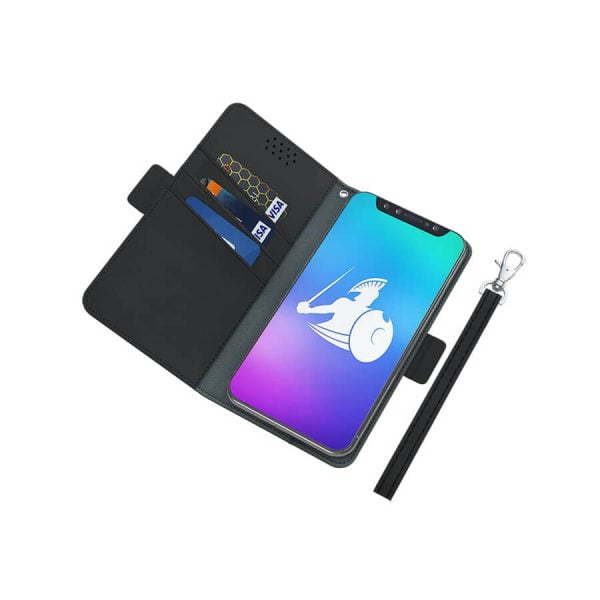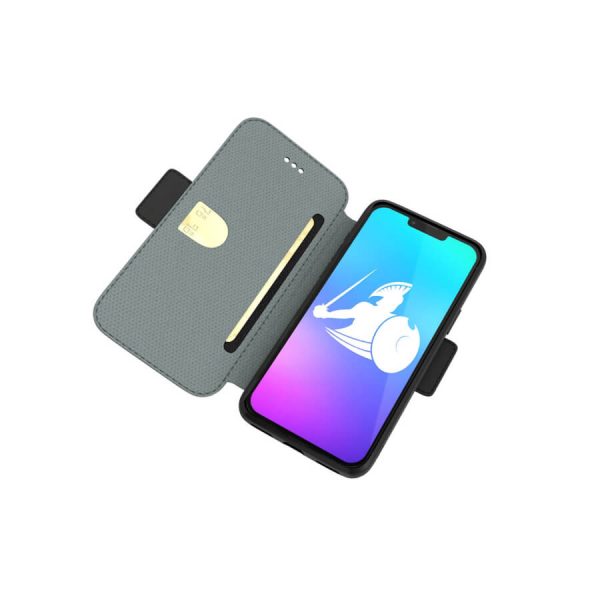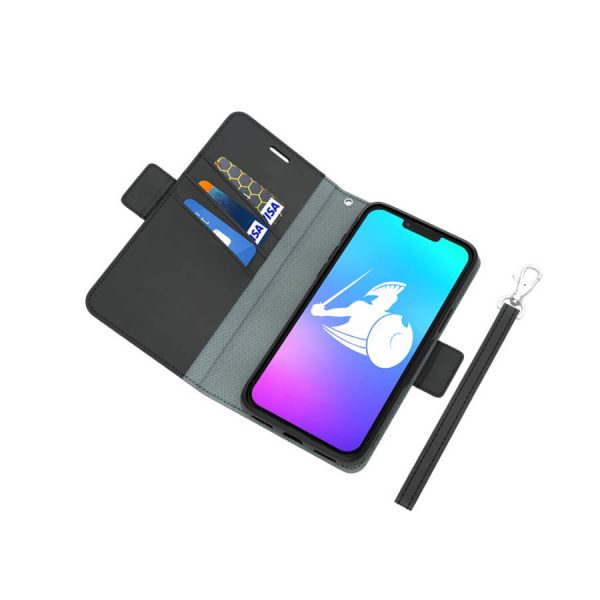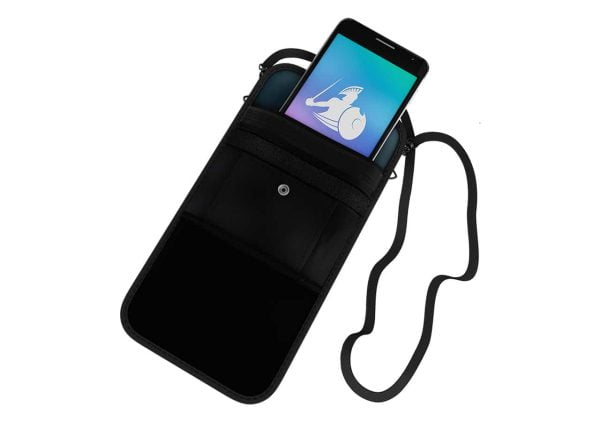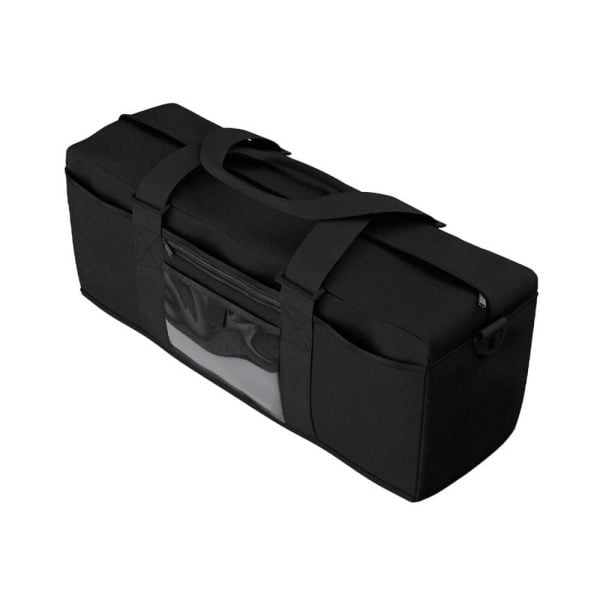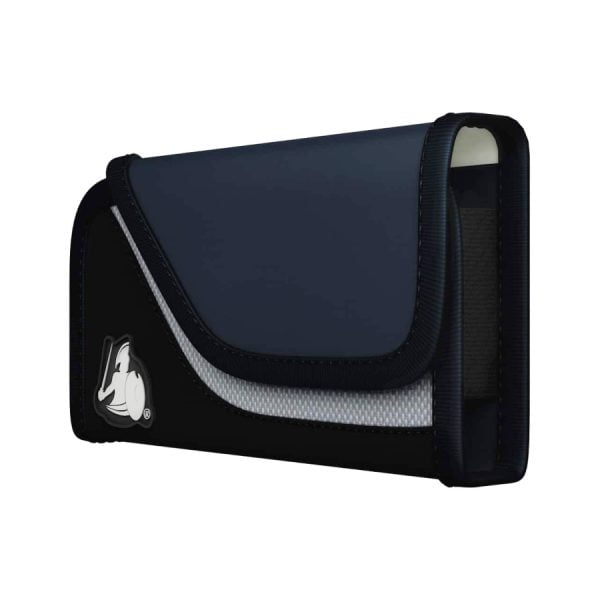Your cart is currently empty!
FAQs – Cell Phone EMF Radiation
Cell Phone EMF Radiation Emissions
Where is cell phone radiation emitted?
Radiation is generated by the cell phone in all directions; bottom, top, sides, front and back with the most radiation emitted from where the Radio Frequency (RF) transmitters are located.
How far away from your bed should your phone be when you sleep?
We suggest keeping your phone at least 4 feet away from your bed when you sleep.
Placing your phone a few feet away will considerably reduce the amount of EMF radiation reaching your body. This also applies to tablets and laptops.
What are the health risks related to using a cell phone?
Cell phones emit Electromagnetic Fields (EMF) and direct exposure to these emissions can be a health risk. There are two types of EMF radiation emitted from cell phones: Extremely Low Frequency (ELF) radiation which is emitted from all electrical devices, and Radio Frequency (RF) radiation which includes cellular signals, WiFi and Bluetooth. More and more, particularly in recent years, scientific studies have confirmed that EMF exposure can adversely impact the biological operations of the body. In more serious cases, exposure to EMFs can lead to tumors, reduce sperm count and other serious health concerns.
Cell phone radiation emissions present the greatest potential health risks when directly touching the body, especially the head, breasts and reproductive organs. Moving your cell phone away from your body just a few inches reduces health risks. When a cell phone is moved at least one foot away from the head or body, cell phone radiation is reduced by as much as 80%.
How do I turn off 5G on my phone?
If your phone accesses the 5G network (iPhone 12 series, Samsung Galaxy S21, Samsung Galaxy Note 20 Ultra, etc.) there is most likely a way to turn off 5G connections, put in place because your 5G signal might be slower than 4G/3G networks, and it can really drain your battery. When your iPhone is in low power mode, it will only connect to the 5G network for streaming 4k video. Apple outlines other ways you can disable the 5G network in your settings. Just navigate to Settings, Cellular, Cellular Data Options, and select Voice & Data. You can turn on LTE, which will use only 4G LTE even when 5G is available. You can also switch on low data mode, which helps reduce WiFi and cellular-data usage by pausing automatic updates and background tasks. For Samsung 5G phones, you should be able to navigate to Settings, Connections, Mobile Networks, then select Network Mode, where you can disable 5G by tapping LTE/3G/2G (auto connect), 4G/3G (auto connect), 3G only or 2G only. You can also use our DefenderShield iPhone 12 Series and Universal Series EMF Protection Cases that come with our BRAND NEW Ultra Armor™ Technology, the only shielding technology that can block the entire 5G spectrum.
Why is cell phone radiation such a big deal now and it wasn’t 20 years ago?
Twenty years ago, computers and telephones were big and bulky. Computers were placed on the floor and weren’t designed to move while phones were placed in a stationary base connected by cords and wires. They both emitted Electromagnetic Fields (EMFs), but were relatively safe because they were used a safe distance away from the body.
Today, the computer and phone have merged into one device that fits in the palm of your hand. A smartphone is essentially a small computer, yet has many times the computing power of traditional computers. When turned on in your pocket or used against your head, the cell phone touches some of the most sensitive parts of the body. Now, cell phones are now used much closer to the body and for longer periods of time, creating more health risks than in the past.
Do cell phones emit radiation when using WiFi?
Yes. By default, WiFi is enabled on cell phones, so unless you turn this capability off, your WiFi processor will continue to send out wireless radio frequency (RF) signals in search of a WiFi router. This means even if you are not connected, your phone is emitting radiation in its search to connect to a router. When you are connected, your phone is still emitting radiation to maintain the signal, by sending constant pings to the router and back. We advise turning off your WiFi processor in settings when you are not actively searching for a WiFi signal.
More Information: https://defendershield.com/how-wifi-works-wifi-6e-5g-future-internet-connections
Which phone has the highest radiation emissions?
All cellular devices are given a SAR (Specific Absorption Rate) rating, that measures how much RF energy is absorbed by a user’s head and body. This is measured in watts per kilogram, and is the maximum absorption the phone is capable of. With the hundred of different phone models, with new ones coming out all the time, it’s hard to say what phone has the highest SAR rating. Generally, iPhones have skewed higher on SAR ratings when compared with other phones. Samsung phones have a reputation for scoring low SAR ratings. We recommend checking your devices specific SAR rating, which can be checked in the phone’s user manual as well as on the manufacturer’s website and the FCC website.
What level of SAR is safe?
SAR stands for Specific Absorption Rate, and is the rate that cell phone radiation emissions are absorbed into the body. The FCC states that an exposure limit of 1.6 watts per kilogram is an acceptable level. The limit in the European Union is 2.0 W/kg averaged over a larger mass. While this is the standard that has been accepted as safe, it is based on the assumption that EMF can only create thermal damage with chronic exposure. This ignores research showing that other biological effects are evident at lower levels of radiation exposure, below levels necessary for thermal heating. If these standards were to be updated, they might show a lower limit. For now, SAR thermal absorption standards are helpful for comparing radiation emissions between different devices, but it by no means establishes an absolute safe level for these emissions. Click HERE to read more about SAR and International Exposure Standards.
What types of EMF radiation does a cell phone produce?
When you use a cell phone directly against your head or next to your body, it exposes you to potentially harmful EMF radiation emission levels. These emissions include:
- Extremely Low Frequency (ELF) Radiation – coming from the battery powering your phone
- Radio Frequency (RF) Radiation – coming from your cellular data signals, your WiFi processor, and your Bluetooth processor
- Heat Radiation – a by-product of ELF and RF emissions
How do I know if I have 5G on my phone?
To access the 5G network, your device first needs to be either operating under a cellular data contract or using a fixed wireless cable system in your home. This rules out most tablets, laptops, WiFi routers, and other devices that are separate from your cellular plan. For devices that use cellular data, to connect to 5G they must have a 5G modem built into the device (some 5G trials and testing used separate modems that connected to your phone for 5G access). Integrated 5G modems didn’t come out until 2020, and are only in select phones (iPhone 12 series, Samsung Galaxy S21, Samsung Galaxy Note 20 Ultra, etc.). If you have an older phone model, your phone is not capable of connecting to the 5G network–and no, 5GE is not the 5G network, but instead a 4G LTE advanced signal that was called 5GE (5G Evolution) for marketing purposes. If your phone or fixed wireless system does connect to the 5G network, then it can access frequencies up to 100 GHz. However, the higher the frequency, the less distance the signal can travel, so carriers are mostly utilizing frequencies under 6 GHz (classified as low-band and mid-band) and rarely use high-band frequencies, also called millimeter waves.































